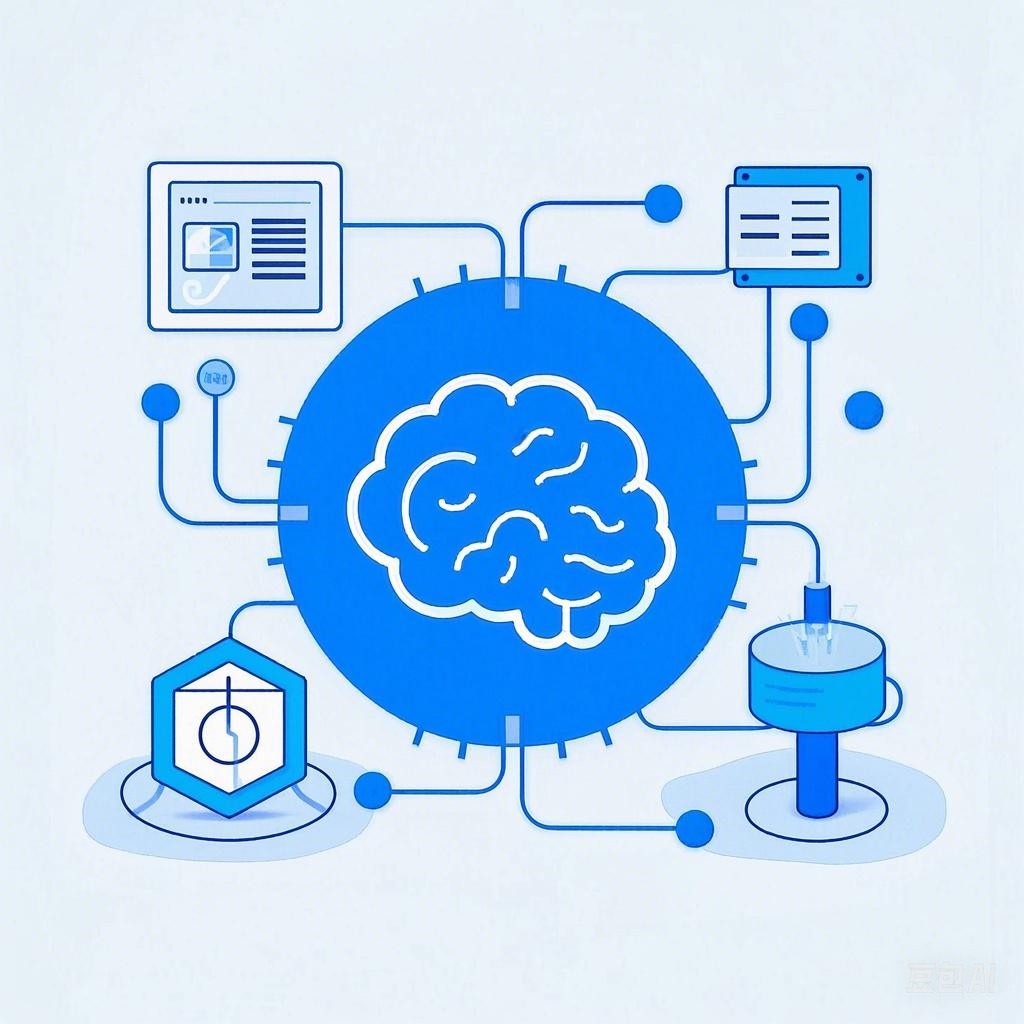随着人工智能技术的飞速发展,大模型交互已经成为了一个热门的研究方向。其中,图片与智能对话的结合更是为用户带来了全新的交互体验。本文将带您深入了解这一领域,揭秘图片与智能对话的神奇之旅。
一、图片与智能对话的背景
在传统的交互方式中,用户主要通过文字或语音与智能系统进行沟通。然而,随着人们对信息获取和处理的多样化需求,单一的交互方式已经无法满足用户的需求。图片作为一种直观、丰富的信息载体,与智能对话的结合,使得用户能够通过图片与智能系统进行更加自然、高效的交互。
二、图片识别技术
图片与智能对话的第一步是图片识别。目前,深度学习技术在图片识别领域取得了显著的成果。以下是一些常见的图片识别技术:
1. 卷积神经网络(CNN)
卷积神经网络是一种在图像识别领域表现优异的神经网络模型。它通过学习图像的特征,实现对图片的分类、检测和分割等功能。
import tensorflow as tf
from tensorflow.keras.models import Sequential
from tensorflow.keras.layers import Conv2D, MaxPooling2D, Flatten, Dense
# 构建卷积神经网络模型
model = Sequential([
Conv2D(32, (3, 3), activation='relu', input_shape=(64, 64, 3)),
MaxPooling2D((2, 2)),
Flatten(),
Dense(64, activation='relu'),
Dense(10, activation='softmax')
])
# 编译模型
model.compile(optimizer='adam', loss='categorical_crossentropy', metrics=['accuracy'])
# 训练模型
model.fit(x_train, y_train, epochs=10, batch_size=32)
2. 目标检测
目标检测是一种在图像中定位和识别特定目标的技术。常见的目标检测算法有Faster R-CNN、SSD、YOLO等。
import cv2
import numpy as np
# 加载预训练的模型
net = cv2.dnn.readNet('yolov3.weights', 'yolov3.cfg')
# 读取图片
image = cv2.imread('test.jpg')
# 调整图片大小
blob = cv2.dnn.blobFromImage(image, scalefactor=0.00392, size=(320, 320), mean=(0, 0, 0), swapRB=True, crop=False)
# 推理
net.setInput(blob)
outs = net.forward()
# 解析检测结果
class_ids = []
confidences = []
boxes = []
for out in outs:
for detection in out:
scores = detection[5:]
class_id = np.argmax(scores)
confidence = scores[class_id]
if confidence > 0.5:
# 解析边界框
center_x = int(detection[0] * image_width)
center_y = int(detection[1] * image_height)
w = int(detection[2] * image_width)
h = int(detection[3] * image_height)
# 计算边界框坐标
x = int(center_x - w / 2)
y = int(center_y - h / 2)
boxes.append([x, y, w, h])
confidences.append(float(confidence))
class_ids.append(class_id)
# 可视化检测结果
for i, box in enumerate(boxes):
x, y, w, h = box
cv2.rectangle(image, (x, y), (x + w, y + h), (0, 255, 0), 2)
cv2.putText(image, str(class_ids[i]), (x, y - 10), cv2.FONT_HERSHEY_SIMPLEX, 0.5, (0, 255, 0), 2)
三、智能对话技术
在图片识别的基础上,智能对话技术使得用户可以通过图片与智能系统进行自然、流畅的对话。以下是一些常见的智能对话技术:
1. 自然语言处理(NLP)
自然语言处理是智能对话技术的基础。它包括词法分析、句法分析、语义分析等任务,旨在将自然语言转化为计算机可理解的形式。
import jieba
from sklearn.feature_extraction.text import TfidfVectorizer
from sklearn.metrics.pairwise import cosine_similarity
# 分词
text = "这是一个测试文本"
words = jieba.cut(text)
# 计算TF-IDF
vectorizer = TfidfVectorizer()
tfidf_matrix = vectorizer.fit_transform([text])
# 计算余弦相似度
similarities = cosine_similarity(tfidf_matrix, tfidf_matrix)
2. 对话管理
对话管理是智能对话技术的核心。它负责维护对话状态、理解用户意图、生成合适回复等任务。
class DialogManager:
def __init__(self):
self.state = None
def update_state(self, user_input):
# 更新对话状态
pass
def understand_intent(self, user_input):
# 理解用户意图
pass
def generate_response(self):
# 生成回复
pass
# 实例化对话管理器
manager = DialogManager()
# 处理用户输入
user_input = "我想了解天气"
manager.update_state(user_input)
intent = manager.understand_intent(user_input)
response = manager.generate_response()
print(response)
四、图片与智能对话的应用
图片与智能对话技术已经广泛应用于各个领域,以下是一些典型应用:
1. 智能家居
用户可以通过手机APP发送图片,智能系统识别图片中的物体,并控制相关设备。
2. 医疗健康
医生可以通过图片识别技术对病例进行初步诊断,提高诊断效率。
3. 智能客服
用户可以通过发送图片咨询产品信息,智能客服系统识别图片并给出相关回答。
五、总结
图片与智能对话技术的结合为用户带来了全新的交互体验。随着技术的不断发展,相信未来会有更多创新的应用出现。本文从图片识别和智能对话技术两个方面进行了详细介绍,希望对您有所帮助。
